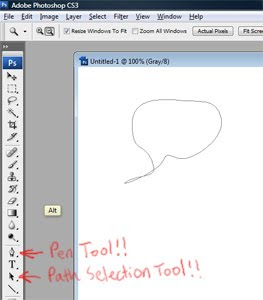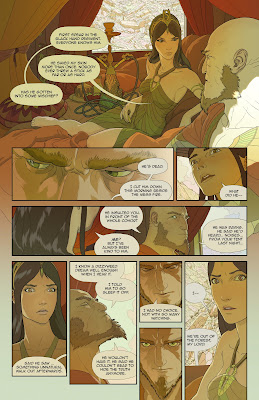Story of Goo
This morning I completed my first-pass treatment for the film. It's just a high-level description of the story, with some light dialogue included. It needs work. Off the top of my head, it's got the following issues:
I saw Tekkonkinkreet last night and really enjoyed the making-of documentary. They poured their hearts into that project -- it's one of the most visually impressive animated films I've ever seen. The story, however, is kind of disjointed and uninvolving. I think it comes down to money -- if they had been Pixar, they would have realized the story was a clunker about half-way through and made some big revisions. As with video game development, a well-funded team doesn't always make a masterpiece, but an under-funded team will almost never make one. I hope Michael Arias gets more money for his next film -- it's hard to imagine a more promising directorial debut.
- Lots of plot holes. It's not clear how people know what they know, or when they learned it. Events that involve small, underequipped groups defeating well-armed groups are not justified.
- Characters are flat. There isn't an appreciable difference between the two protagonists. They talk the same way, they react the same way to events, and they're generic to the point that I can't, as a writer, anticipate their actions.
- In an effort to avoid too much exposition (the thing that annoys me most about both anime and Wachowski films), I may have left too much unexplained. There are a few concepts that are kind of complicated, and it'll take some work to fit explanations into an all-action framework. Also, I'm not sure how long a viewer will be willing to watch inexplicable things happen without some background. It may be that I have to explain quite a bit about this universe in the first five minutes, which is going to bog things down. Perhaps I should resort to the highly unorthodox yellow-text-crawling-into-the-distance method.
- Cliches galore. Almost every scene is uncomfortably similar to something I've seen before. Hopefully, a lot of this can be ironed out with revisions.
- Action for action's sake. There are at least two action sequences that are debatably dispensable. Especially a Star-Wars-style space battle at the end that may actually hurt the pacing of the final sequence. For now, it stays in, but it's going to have to justify itself real soon.
- Implausible love story. This is probably related to the flatness of the characters, but I've got a girl who hates a boy at the beginning of the story, but who is willing to die for him by the end, and it's not at all clear what he's done to change her way of thinking about him. Big, big revisions necessary.
- I don't completely understand "conditioning," one of the story's key concepts.
It's a (subjectively) very long repetition of life, erase, life, erase. In the end, the child walks away with two things: a reflexive aversion to any action or activity that has been associated with pain or punishment, and an impressively deep vocational education. The final product of this process should be a kind of savant -- confident, breathtakingly intelligent, but unable to kill, steal, lie, or rebel against authority. That person should also have no conscious memory of any part of the conditioning process.
Stareater's story turns on one question: what happens if someone with a rare genetic immunity to mind-wipe drugs undergoes this process and comes out of it with a contiguous, conscious memory of several thousand years of life? What would he do with all that time? How would he differ from other people when he came out of it? In Stareater, Gordon passes the time by writing a very, very long poem, and this poem ends up being the greatest work of art ever made -- so great, in fact, that it attracts the attention of an alien intelligence. This is all very flimsy, right? And how do I explain all that within the framework of an action film? The process itself either needs to get tossed out or streamlined somehow.
I saw Tekkonkinkreet last night and really enjoyed the making-of documentary. They poured their hearts into that project -- it's one of the most visually impressive animated films I've ever seen. The story, however, is kind of disjointed and uninvolving. I think it comes down to money -- if they had been Pixar, they would have realized the story was a clunker about half-way through and made some big revisions. As with video game development, a well-funded team doesn't always make a masterpiece, but an under-funded team will almost never make one. I hope Michael Arias gets more money for his next film -- it's hard to imagine a more promising directorial debut.
So, back to Stareater. Is there any good news? Well, there's some structure there now. I've been working both in Google Docs and on my wall of Post-its, and I can see the shape of things now (literally, in the case of the Post-its). I've been flagging problematic stuff with pink Post-its, and I'll keep replacing stuff until all the pink Post-its are gone. This process keeps reminding me of the game World of Goo. I feel like I've finally been able to bridge the canyon with my Goo bridge, but it's not the prettiest bridge ever.
Now to rebuild!


At least you are honest with the process work here. How many times have you seen a film, or animated movie and some of these issues exist in the final product?
ReplyDelete